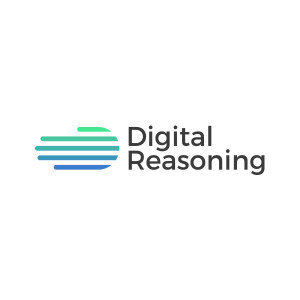When you consider insider threats in government, you probably think of computers and networks.
It’s important to remember, however, that the entire population of potential internal threat actors is made up of humans who are just that: human. Behind every insider threat is an individual who maliciously or inadvertently compromises government information or plans to do physical harm.
To detect these threats and better protect government information, agencies have turned to modernized digital systems and technologies to strengthen firewalls and monitor access. But traditional cybersecurity technologies and approaches have been heavily focused on detecting threat actors coming from the outside. Trusted insiders planning nefarious activities have no external firewall to break through – they already have access to facilities and data. As such, these threats are not readily detected by current methodologies. Yet the consequences from insider threats can be catastrophic, including dangerous compromises to national security and loss of human lives.
Insider threat strategies must look beyond current detection methods that only address access log data or authentication management. To better thwart attacks before irreparable damage is done, agencies need a holistic picture of the threat landscape and the people behind those threats.
That’s why government agencies are exploring cognitive computing technology to establish continuous monitoring programs while ensuring a trusted workforce. By analyzing electronic communications, social media and web activity, along with human resources records, cognitive computing can help agencies spot erratic behavior and prevent insider threats before they become a problem.
GovLoop sat down with the following experts from Digital Reasoning, a company that derives knowledge by merging computational logic with an understanding of context in order to build software that understands human communication:
- Marten Den Haring, Chief Product Officer
- Bill DiPietro, Vice President of Product Management
- Aaron Nelson, Director of Applied Analytics
By reading this industry perspective, you’ll learn more about what cognitive computing is, how it works and how you can leverage cognitive computing’s entity-centric analytic capabilities to be more proactive in preventing insider threats.






